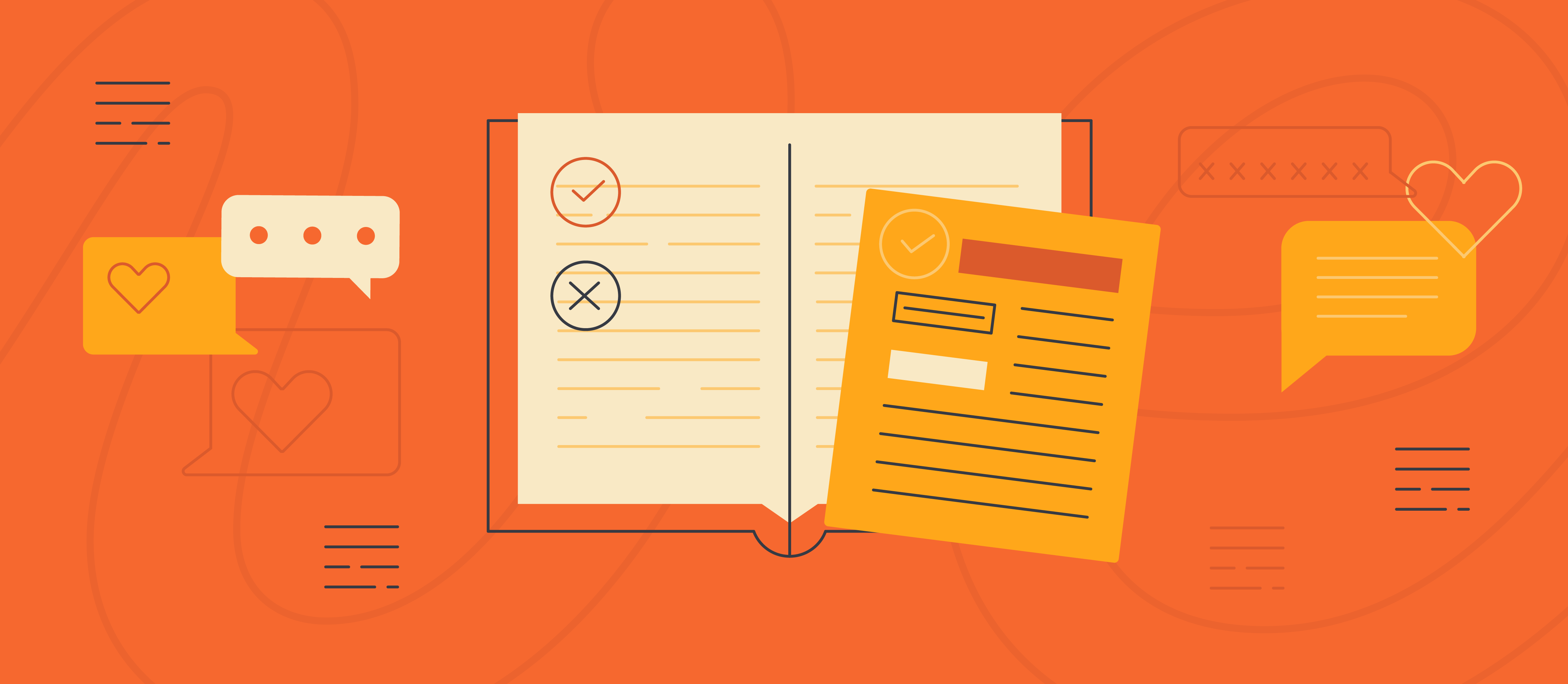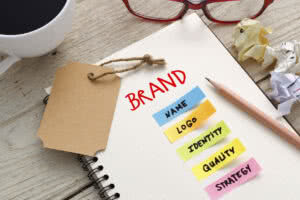Even in a world with event apps that detail every element of your event, printed materials at events still aren’t dead. One timeless piece of event collateral? The printed event programme.
For many events, a classic paper event programme is still a wise investment. This is especially true if:
- Attendees using their phone to check details during the event would be disruptive (such as during live performances)
- Your attendee base is an older demographic less likely to download an app
- Your event map isn’t intuitive or your event spans multiple days or locations
Event programmes help orient attendees quickly without lit-up screens. They minimise confusion by condensing the most important info down to a handful of well-organised words. They’re also a touching gesture, giving your attendees a memento they can hold in their hands and take home to show friends.
But event programmes shouldn’t become an expensive line item on your budget (or frustrating item on your to-do list). If you use an event programme template, you won’t even have to enlist a design master to make the programme.
Here’s what to include, where to find templates, and how to customise them for the best attendee experience.
What to include in your event programme
Before you settle on an event programme design, make a list of all the information your programme needs to include. The most important elements are basic attendee information and your event’s branding. For most events, that includes:
- Your event name, date, and location
- Your logo, social media handles, and website address
- The schedule, including locations of individual sessions or shows
- A shout-out to your sponsors and vendors
Depending on the type of event and how much space you have to play with, you might also considering including things such as:
- An FAQ to answer the most common attendee questions
- Any images that help tell your event’s story
- A map of the venue
- A custom hashtag people can use to help spread the word
Once you know exactly what you’re going to put on your event programme, look for a template that can display that information clearly and effectively.
Where to find event programme templates to simplify the process
There are a lot of free and inexpensive templates on the web today. Canva is one site that offers many event programme template options. You can choose from pre-sized templates or create a unique custom size, then use drag-and-drop functionality to put it together.
Here are a few event programme templates that might be a fit for your event:
- A stylish, modern program template for a festival (get it here)
- A straightforward template for classes and workshops (get it here)
- An engaging program for a conference or B2B event (get it here)
Need something a bit different? Before turning to a designer, you can search the library of more than 50,000 templates on Canva, or turn to the templates available in Microsoft Word or Google Docs.
Customise your event programme to match your brand
If you’ve chosen an event programme template aligned with your event brand stylistically, you’ll have far less work to do to customise it. But still, every template is just a starting point. Most events will have their own design guidelines that require tweaks beyond simply swapping elements in and out of free event programme templates.
Be sure to refer to your company’s style guide — this should have guidance on how much space you leave around your logo, what fonts are acceptable, and which colours apply to your brand. Your event programme should match your other marketing assets in look and feel.
One way to quickly make your programme feel more on-brand is by using high-quality photos from your last event. Include these images to give attendees a hint of what to expect as they use your programme to navigate your event.
A few last event programme tips
An event programme is a quick reference, not a comprehensive syllabus. Information should be concise, and every design element relevant. To that end, here are a few things to remember:
- Shorten your text to the minimum amount of characters. Save longer versions of event descriptions and details for your website or event ticketing page
- Create a visual hierarchy: the most important elements should be first and bold
- Select images wisely, using ones that feature upbeat, smiling faces, for instance
And — most importantly — make sure someone proofs your event programme for you. There’s nothing worse than a glaring typo to damage your brand or cause confusion.
Want more branding and design tips so you can make better marketing assets for your next event? Check out The 7 Elements of Beautiful Event Design.






